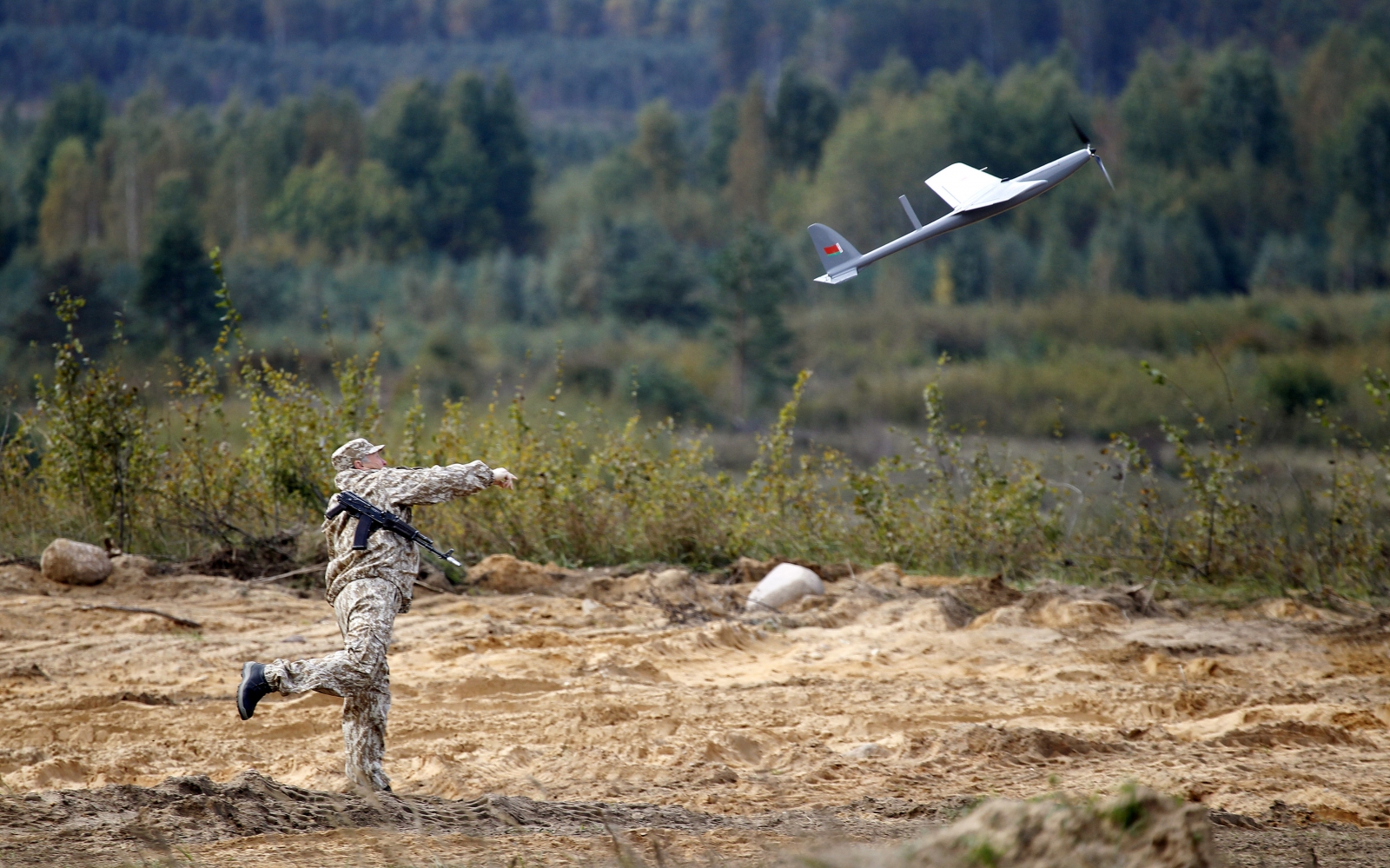China will raise most of the world to a developed level or go bust trying
The long term plan will build rail, ports, airports, roads, energy production, factories and massive urban developments from China to Europe and in Asia, Africa and Europe. It will continue the development of China. It should have every area near a global middle class or at a fully developed level.
If successful it would be similar to the Roman Empire but without the political union.
The population impacted would be about the level of nine times Europe's population.
20 to 30 years after the main 30 to 40 year effort the entire region could be lifted to current European levels or higher because of more advanced technology and infrastructure.
The Marshall Plan engendered goodwill for the USA for decades and this effort will likely garner similar soft power benefits.
If Europe and America and the other developed countries get fully on board then nearly the entire world could be at a developed or near developed level in the 2070 timeframe.
For all of those who would wish for large fractions of GDP to not be spent on the military but on world economic development and raising the poor then this is what will be the vehicle for that wish.
